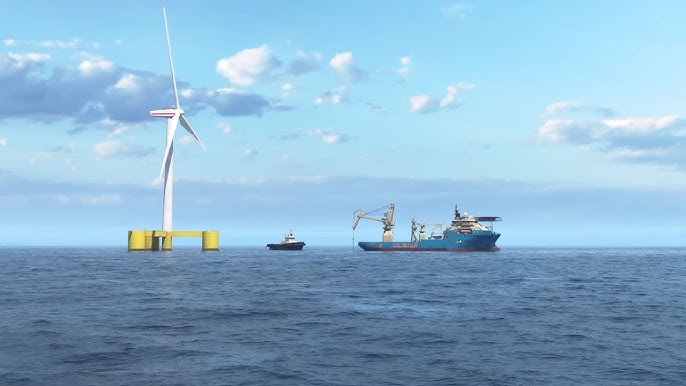Offshore mooring is an essential factor in marine operations, mainly in the oil and gas sector. It involves fixing floating platforms and facilities like ships, oil rigs, and floating production systems to the sea floor. Subsea mooring is crucial in deep water environments; as such, it requires analysis to determine various aspects of offshore mooring.
Explore key aspects of offshore mooring
Types of offshore mooring systems
Offshore mooring systems are available in different types depending on the use requirements. One of the most frequently encountered forms of mooring is spread mooring, which involves several mooring lines from distinct places on a vessel connecting to anchors on the sea bottom. Mooring allows a ship to remain in a fixed position while turning horizontally around its axis, which is very useful when wind and currents turn in different directions.
Components of mooring systems
The mooring systems are made up of several essential elements. Mooring systems are significant tools to place the system in the right position on the seabed. As a connecting linkage between the anchors and the floating structure, the mooring line can be made up of chain, wire rope or synthetic fiber. Mooring lines dating back to ancient times run from the vessel’s fairleads and winches and bear the tension of the boat.
Environmental considerations
Offshore mooring systems face many challenges due to the nature of the marine environment. While current and wind exert rather large forces on the moored structures, large waves typically contribute even higher forces. There is almost always a threat of corrosion due to exposure to salt water. Weather conditions, particularly thunderstorms, hurricanes or cyclones, can put the mooring system to task. Designers have to consider these factors to ensure the system is robust in those conditions.

Design and engineering
The selection of an appropriate offshore mooring system requires considerable engineering knowledge. In this case, designers should factor in the water depth and sand bottom condition and are expected to face those conditions. The system’s behavior in various situations can be determined based on computer simulations and model testing. Designing also encompasses computing the strength of the needed mooring lines, anchors’ positioning, and the mooring system’s overall integrity.
Installation and commissioning
Offshore mooring system installation requires the use of specialized vessels and equipment, making it a difficult undertaking. Anchor handling tugs use anchors and mooring lines correctly. Unmanned underwater vehicles perform operations and inspections at sea. Laying out and installing components requires strategic planning since each should be placed accurately and stretched.
Concluding
Offshore mooring is another technically complex and a high-risk activity particularly to the oil and gas industry. As the movement to ever greater water depths and more significant technical challenges intensifies, the need for sound mooring systems and encompassing industrial support will only increase.





